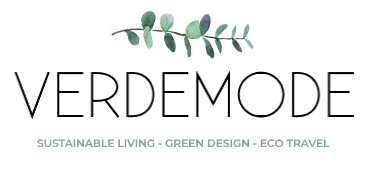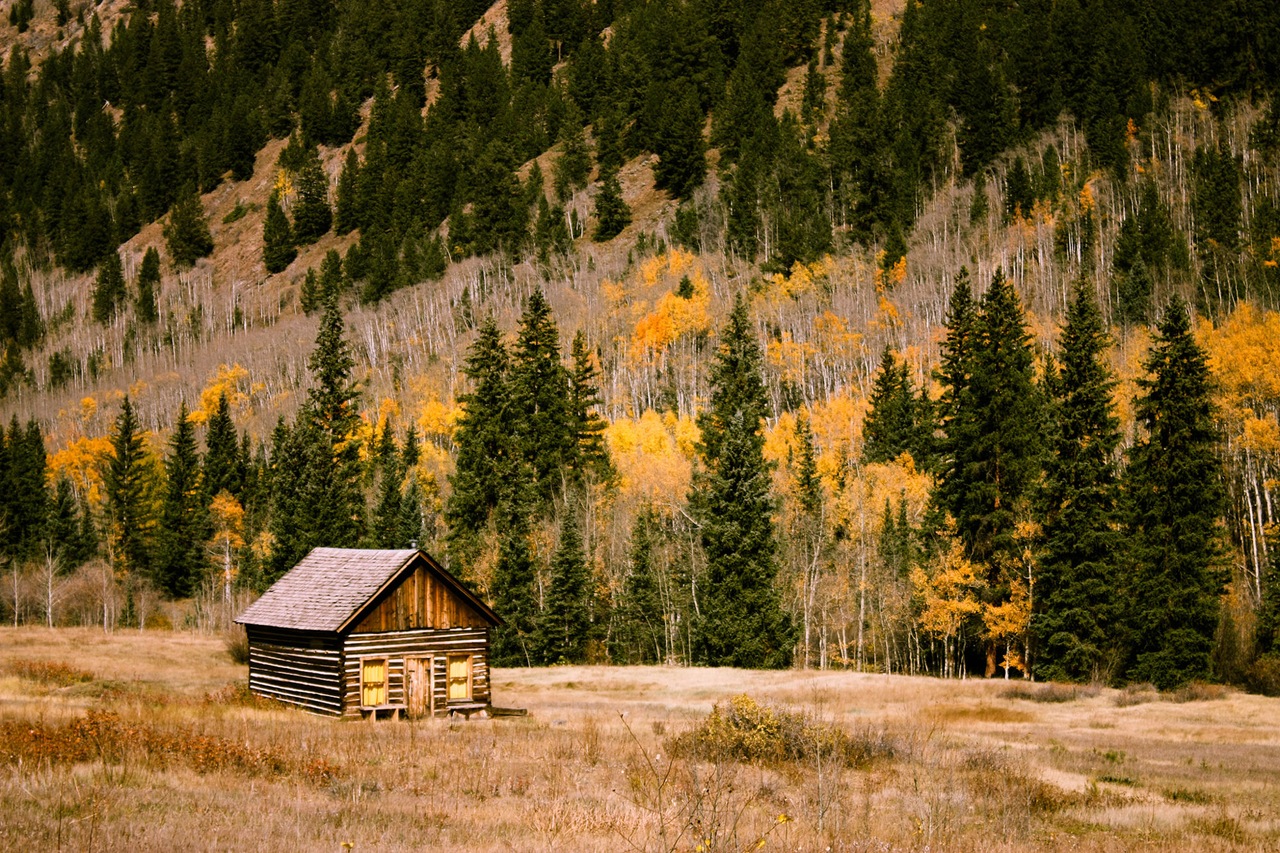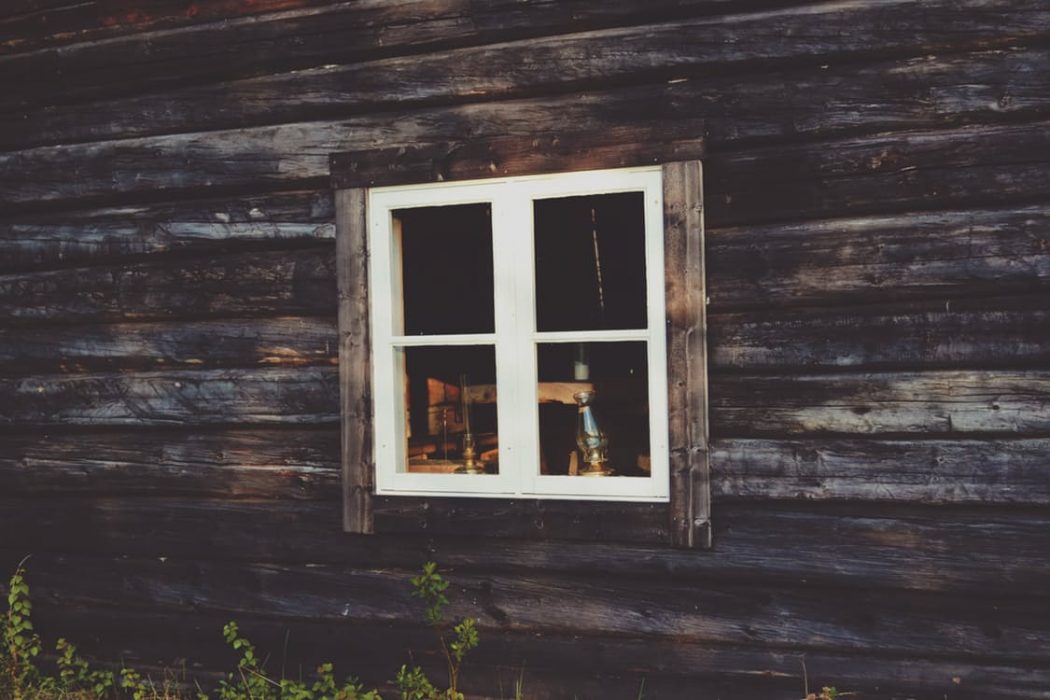There’s something romantic about a wisp of smoke spiraling from the chimney of a log cabin on the top of a mountain. Not only are the views amazing, but you’re also in the perfect place to pause, relax and get in touch with yourself and nature.
The benefits of staying in a cabin go beyond great views. It’s a great way to lessen your environmental impact. From its construction to how it stores and uses energy, a log cabin is ecologically friendly in more ways than one.
Here we share five reasons why it’s good to get cosy in a cabin on vacation.
Less Energy to Build
Materials used in the construction of log cabins are environmentally and ecologically friendly. Less energy is required for building a log cabin than standard housing. The energy production required to harvest wood is less than what’s necessary for the manufacturing of other building materials.
Greenhouse gas emissions are reduced with the construction of a log home, as nearly 10 percent of global CO2 emissions are a result of the production of concrete. It’s said that when a ton of concrete is produced, a ton of CO2 is produced.
Many log cabin construction companies make it their mission to invest in reforestation and constantly look at ways to improve green building practices. Residing in a log cabin will lessen your carbon footprint.
Reclaimed Building Material Practices
In an effort to improve green building practices, many log cabin building companies and contractors look at ways to use recycled wood and quality pieces of dismantled older structures. Unfortunately, as new structures are erected, hundred-year-old buildings aren’t saved and instead knocked down.
When such materials are reclaimed, not only is it less wasteful, but the story of the log cabin becomes all the more interesting. Let your new home or weekend getaway tell a powerful story.
Energy-Efficient on Power
Save on energy use and the power bill by staying in a log cabin. Heat doesn’t pass through the logs, and the cabin acts like a ‘thermal battery’ to store heat during the day and release energy in the evening, creating an energy efficient home.
However, air leakage and drafts may result from a home when its logs were not dried in a protective space before construction. The best logs to keep the heat inside are spruce, pine, cedar, fir and larch.
Natural Water Harvesting System
Many amateur and professional eco-builders of log cabins utilize a system for collecting rain water and other natural water sources. Water is collected and stored from rain that falls on rooftops. It’s a soft water that requires less soap and detergent and is gentler on plumbing than hard water. In areas plagued with drought, rain water collection is a literal life saver.
Increasing amounts of energy are used to treat, store and supply water. The collection of rain water helps to reduce or eliminate the need for energy waste. Collected rain water doesn’t run the risk of run-off pollution and contamination from feces, pesticides, industrial chemicals or chlorine.
Consideration of Surrounding Nature
Log cabins are often built with surrounding nature in mind, set with great views and consideration for the preservation of local environment and habitat. It’s important to check the mission statement of a builder or leaser for reassurance of this matter.
However, great old oak trees and solitary streams are typically left in place to continue about nature’s business. Trees removed from a site are often used to construct other parts of the house or furniture for the cabin. The construction of a log cabin has lower environmental impact this way and takes surrounding nature into consideration.
There are many personal and environmental benefits of staying in a log cabin, whether it’s a getaway or long term. When you want to get back to nature and give back, choose to stay in a log cabin.
Images sourced via Pexels and published under CC0 licensing laws.



